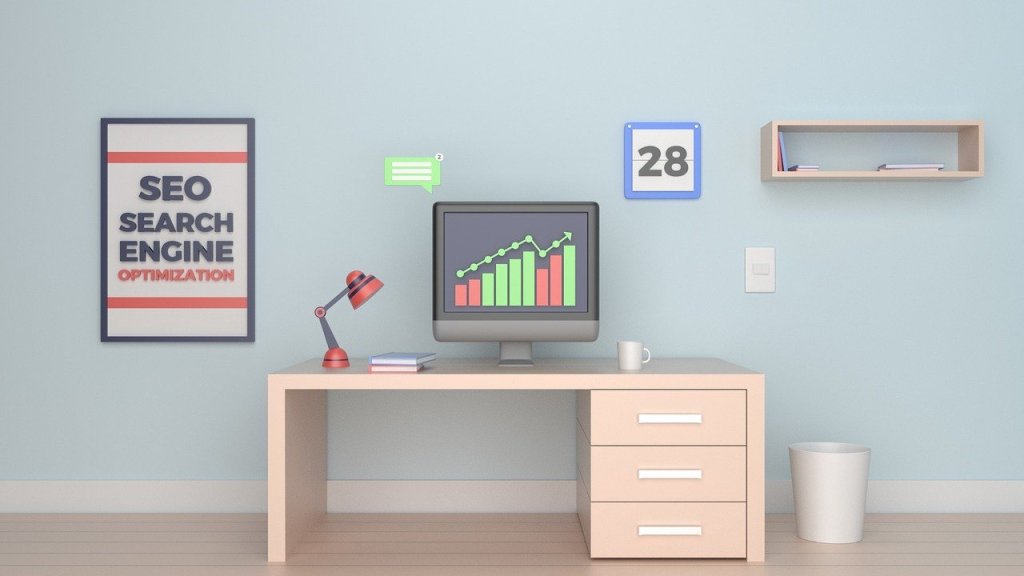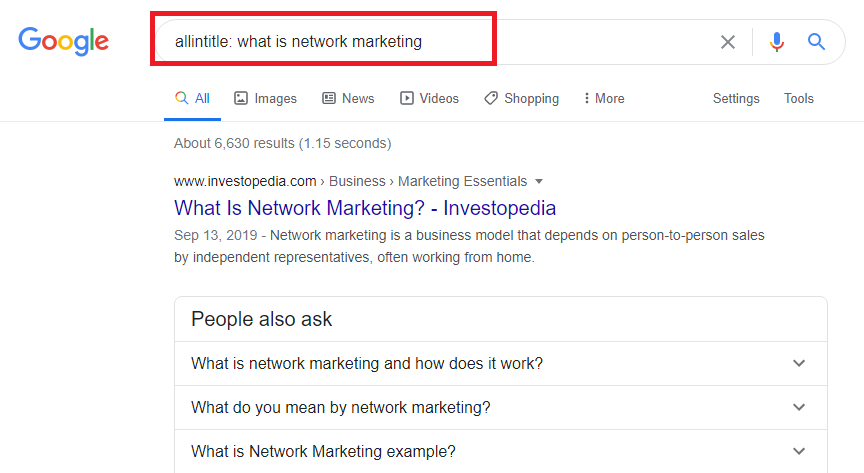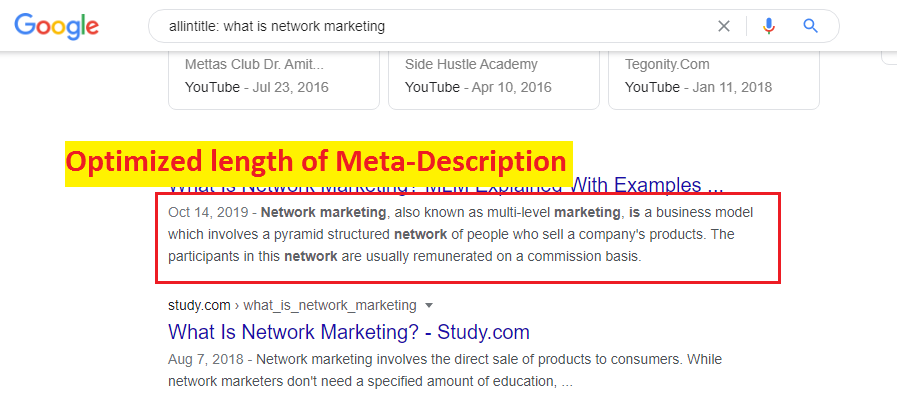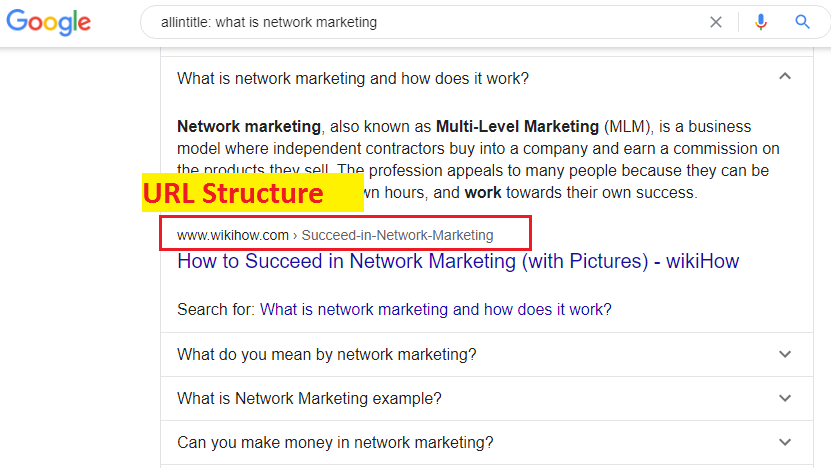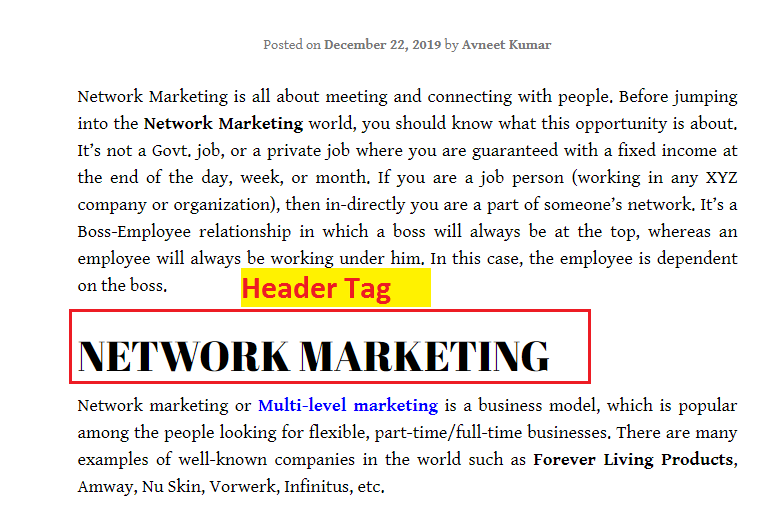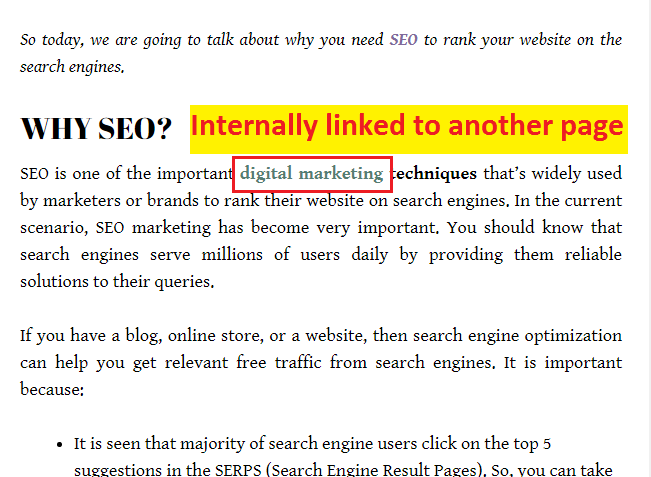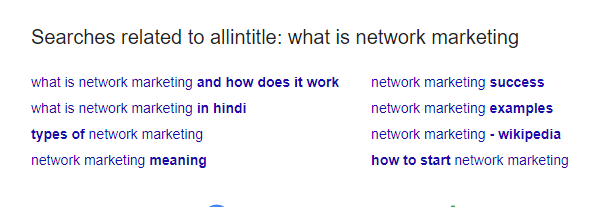The history of search engine optimization goes back to the mid-1990s. Today, it mostly revolves around Google, however, the SEO practice pre-dates the world’s most popular search engine co-founded by Sergey Brin and Larry Page. Although, some of us might believe that SEO started in 1991 with the launch of the 1st website, or when the first web search engine was launched, but that’s not entirely correct.
The Journey of Search Engine Optimization official started at around 1997. According to the author of “Digital Engagement“, Bob Heyman, we should tank the manager of rock band Jefferson Starship who helped in inventing new field “Search Engine Optimization.” SEO is a complex process that consists of various types. Every type has the same goal: Optimizing a website to have greater visibility in search engines.
Today, in this article, we are going to talk about different types of SEO that you should be aware of.
Types In SEO
When you are optimizing a website, you need to consider multiple rules to satisfy search engine ranking factors and to keep users happy. To make such a task easy, there are multiple types of SEO that you can use. But you should know that these SEO subsets are not different processes. It’s a single process that’s broken down into several smaller processes to make it easier to manage. Following are the different types of SEO that you should know:
- On-Page SEO
- Off-Page SEO
- Technical SEO
- Local SEO
- eCommerce SEO
- Content SEO
- Mobile SEO
On-Page SEO
It is the process of optimizing your website elements like header tag, meta description, keyword usage, title tag, site maps, keyword research, and internal links. Before you start doing on-page optimization, you have to know a few things about keyword research:
- Understand the importance of keyword research in SEO. Make sure to do proper research on the volume number and competition for the keywords you want to select.
- Keyword research is a practice where you need to select primary and secondary keywords around which, meta-tags and content will be created.
- It gives you a better understanding of the demand percentage for certain keywords. Primary components related to keyword research are:
- Relevancy
- Search Volumes
- Competiton
Keyword Research
You can use a keyword research tool such as Google Keyword Planner, keyword.io, etc.. Highly recommended and popular SEO tool among digital marketers is Google Keyword Planner. It’s because if you want to rank your website on Google.com, you should have data right from the source itself. Google can give you information about how much volume and competition a keyword has. You can check the keyword search volume and competition for both, mobile and desktop versions. The tool gives you insights about how high the competition is (low, medium, high). You can also use the “allintitle: enter keyword” method in google search to check the exact competition number.
For Example, let’s say that you want to create content on ‘network marketing.’ Then based on competition and search volume, your primary keyword becomes “what is network marketing?” You should probably stay away from broader keywords. These keywords tend to have broader volume, but they also have a lot of competition, which might make difficult for your content to rank on the search engine.
That’s why you have to do keyword research, to find out the exact volume and competition for the keywords you want to use. If your content starts to rank high for the keywords you chose, it will drive more traffic to your webpage also.
Title Tag
Once you are done with your keyword research, the next step is to optimize your web pages for those keywords. You can start it with a title tag. It is one of the most important factors of on-page SEO because the title tag summarizes the website’s content. It is the first thing that users see when they search for something on Google search. When you select a keyword, make sure it is in the title tag also. The title tag influences click-through rates also. he ideal length of a title tag that Google display is 50-60 characters. Make sure to say within this length. If you exceed this limit, then Google will truncate its length.
The following picture shows the example of Title Tag length-
Meta Description
The next task is to optimize your meta description for your webpage. It is a brief description to summarize your webpage content, and its ideal length is around 160 characters. According to digital marketing experts, it is advisable to keep the meta description length between 70-160 characters.
The meta description is displayed on the search engine page results, so make sure not to leave it empty. Because if you do that, then Google will automatically fill it for you, which may or may not be of ideal length and may not consist of the keywords. A title tag has less information, while a meta description gives users more understanding about the webpage. It also improves click-through rates.
URL Structure
URL stands for Uniform Resource Locator. Using SEO-friendly URLs helps users to understand what the webpage is about. When users type a certain keyword, then Google displays all the relevant URLs related to that keyword. It also affects the ranking of a webpage.
Poor URL structure is a big issue in SEO as it leads to a low ranking of a website. So, whatever keywords you want to optimize, make sure to include them in the URL structure also.
Header Tags
These are the HTML tags, used to identify headings and sub-headings of your content. The next task is to optimize the web-page itself. It needs to be structured in terms of headers, sub-headers so that the end-user can read the content clearly and precisely without getting confused. The hierarchy of header tags goes from H1 to H6. The Google algorithm gives more importance to H1, H2 tags, so make sure to include your keywords in these two header-tags.
H1 is the main heading of the web-page, H2 is a sub-heading of H1, and H3 is a sub-heading of H2, and so on. For search engines like Google, these tags are easier to read and understand the web-page content.
Internal Linking
It is the process of linking one page of your website to another, where it’s relevant.
An internal link is a hyperlink that connects two different pages of your website. Internal links allow users to navigate your website. These links help spread link equity (value passed from one website to another site).
Keyword Usage
In addition to internal linking, you must be able to use natural language. When a search engine crawls your website, it uses Natural Language Processing (NPL). During this process, a search engine looks for keywords and content. For example, if your website is about network marketing, and you only used the network marketing keyword in it, then the website might not rank for that keyword in search engine results. The reasons could be: it’s a broad keyword, competition is too high, and it’s difficult to rank using the only broad keyword.
The solution is to use relevant keywords that seems more natural. That’s where NLP comes in. It helps you to choose natural keywords that are relevant to your content.
The following figure shows the example of relevant keywords related to Network Marketing-
Sitemaps
Another element of the on-page SEO is a sitemap. It represents the hierarchy of your website that consists of all the pages that exist on your site. The whole idea of listing all the pages in a single document is to enable users and search engines to understand your website’s structure. There are two types of sitemaps:
- XML sitemaps: Designed for crawlers, it allows the indexing of all the content and webpages of your website.
- HTML sitemaps: Designed for humans, it is situated at the footer of your website that shows all the pages of your website.
Off-Page SEO
It is the process of promoting your website on the internet. The popular websites rank higher on Google as compared to less popular websites. Following are the two main off-page SEO methods used in digital marketing:
- Link Building: It is the process of generating SEO backlinks from other websites that have high Page Authority and Domain Authority. Make sure that the links don’t have nofollow attribute attached to it.
- Brand Promotion: Google ranks the brand higher who have high trust value among users. In addition to promoting your website to get quality backlinks, you also have to work to promote your brand and encourage conversations on multiple social media forums and networks. You can do so by publishing articles, blogs, press releases, social media posts, etc..
Off-page SEO helps in improving your website’s credibility, authority, recognition, and trustworthiness. There are plenty of sites that you can use to achieve off-site engagement such as Quora, Reddit, Medium.com, Facebook, LinkedIn, Twitter, etc.. Following are the benefits you get from off-page SEO:
- Increase traffic to your site
- Improvement in brand awareness
- Better credibility
- High domain authority: If you have links to other webpages pointing back to your website, then it will improve your site’s domain authority. The more quality external linking your site has, the higher the domain authority will be.
- Improvement in page rank
Without On-page or Off-page, you can rank your website on search engines. You need to work with these two simultaneously if you want to improve your website’s ranking. Both of these strategies have to be in full gears for you to rank.

